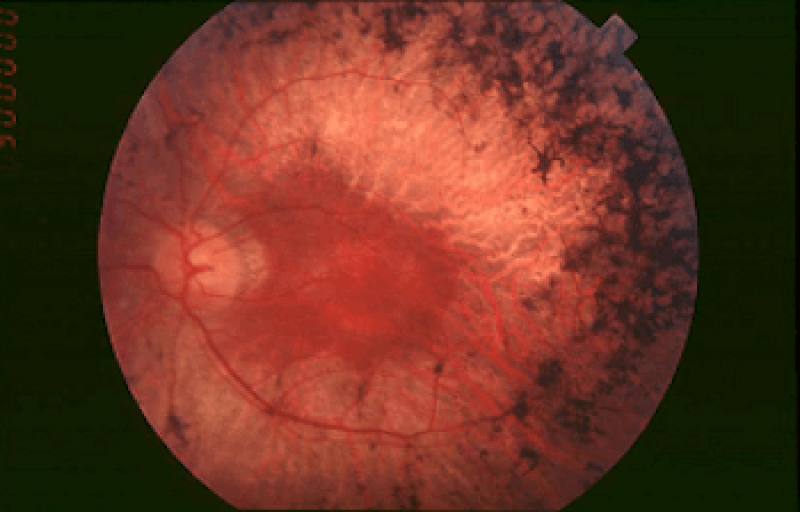Scientists at the Center for Genome Engineering, within the Institute for Basic Science (IBS) in Korea, in collaboration with ToolGen, and Seoul National University have engineered the smallest CRISPR/Cas9 to date, delivered it to the muscle cells and in the eyes of mice via adeno-associated viruses (AAV), and used it to modify a gene causing blindness. The new, small Cas9 enzyme, expected to become a useful therapeutic tool against common and undruggable disease targets, originated from the bacteria Campylobacter jejuni—a common cause of food poisoning.
The most common version of the CRISPR/Cas9 technique uses Cas9 derived from the bacterium Streptococcus pyogenes. However, this protein is made of 1368 amino acids, and it is too large to be delivered and packaged in AAV [a virus that serves as a common delivery system for gene therapy and gene editing systems]…
Intraocular injections of AAV-packaged CRISPR/CjCas9 could be beneficial to treat various retinal diseases and systemic diseases “CjCas9 is highly specific and does not cause off-target mutations in the genome,” noted [co-senior study investigator Jin-Soo Kim, IBS Center for Genome Engineering].
[Read the full study here.]The GLP aggregated and excerpted this blog/article to reflect the diversity of news, opinion, and analysis. Read full, original post: Smallest CRISPR So Far Comes from Food Poisoning Bacteria































